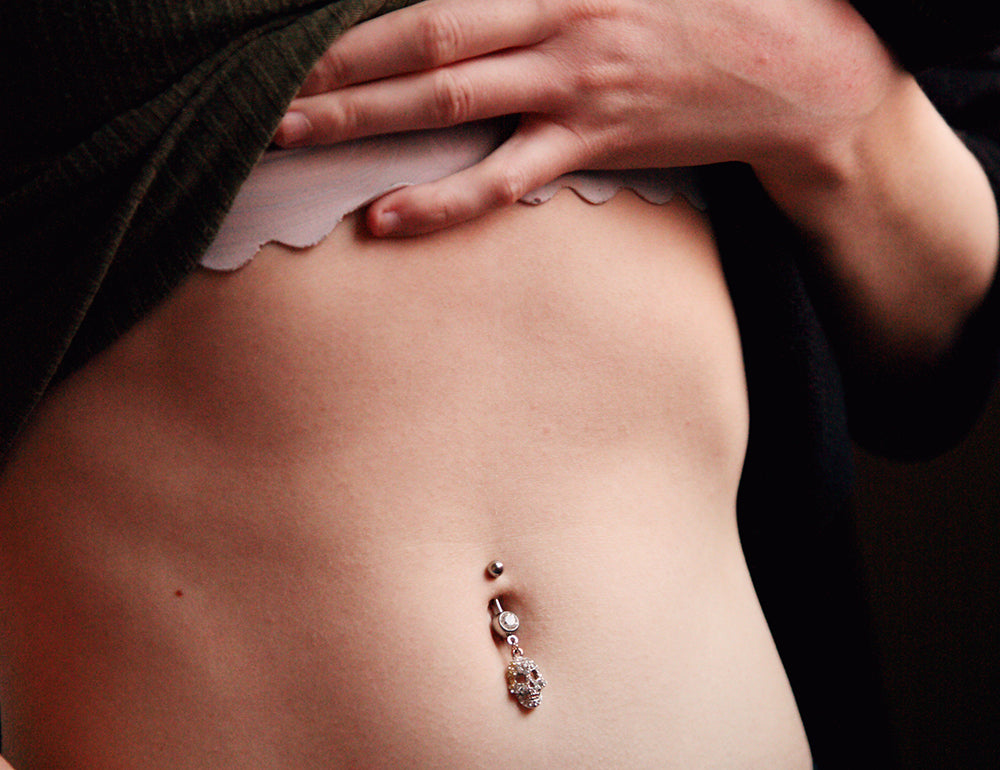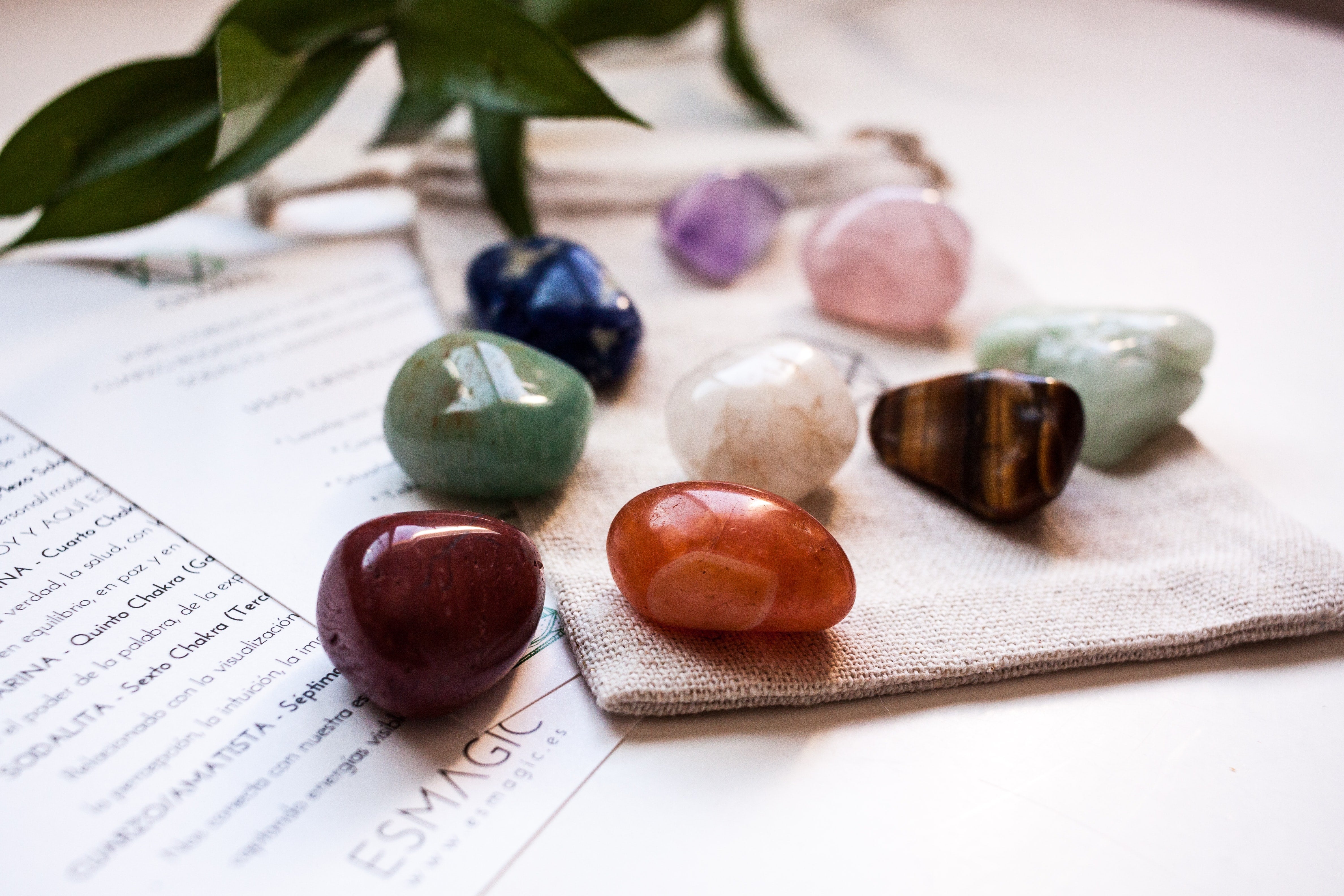It’s a touchy subject, but there seems to be a rash of navel piercing problems popping up all over the internet these days! All puns aside, the belly piercing has always been a popular one, but it can be difficult to heal and requires particular anatomy and care. So, if you’ve recently gotten one that simply refuses to heal, you may want to consider these factors. We’re not discussing things such as infection, as that is far easier to spot and treat. If your belly piercing isn’t infected but isn’t acting right…. read on.

First of all, a belly piercing requires specific anatomy. You need a well-defined lip at the top of the navel, as well as enough depth and length to accommodate the bottom of the jewelry. If you don’t have that lip, a floating belly piercing might be worth investigating. (It’s a type of surface piercing that emulates the look of a traditional belly piercing.) If you notice that every time you sit down, the top end of your jewelry gets shoved upwards, out of the fistula, you do not have the space within the navel for your piercing. You might discuss with your piercer whether a shorter barbell or smaller bottom end might be helpful, however this may be a situation that cannot be helped.
Secondly, there is the jewelry. The asymmetrical belly rings with a larger bottom ball end are lovely, and popular for a reason. However, these are not appropriate for getting pierced with. The added weight of the larger ball end at the bottom can cause pressure bumps or cause added motion that prevents your piercing from healing properly. As with any piercing, the material of the jewelry also plays a huge role in how the healing process goes. The industry standard is ASTM F-136 titanium jewelry with threadless or internally threaded ends. And remember, no matter how pretty it is, black jewelry is never ok for piercing with. Titanium cannot be anodized black.

If your look includes a lot of high-waisted pants, you may be creating your problem. You don’t ever want to have clothing rubbing against a new piercing. This is especially true of a piercing located on the torso, which sees a lot of movement and friction to begin with. One thing you can do to protect a new belly piercing without replacing your entire wardrobe is to use a hard, protective eye patch over your navel. This will keep anything from rubbing up against your piercing. And don’t forget to clean it twice a day with sterile saline spray, used for wound cleaning. This is the industry standard for aftercare and works beautifully to help piercings heal.
Nobody likes rejection, but it can lead to real heartbreak when it happens to your piercings. If you notice that there seems to be less skin covering the barbell portion of your jewelry, if the skin is red and the fistula seems bigger, if you can feel the barbell far more prominently under the skin, your piercing may be rejecting. Rejection is when the body begins to push the jewelry outwards until it eventually is pulled out by something or simply falls out on its own. If you think your piercing is rejecting, your best bet is to see your trusted piercer. A rejecting piercing needs to be removed. The resulting scarring is far worse if you let the jewelry work its way out on its own than if you simply remove it.
The belly piercing is a classic. It’s been around for a long time and it’s not going away in the foreseeable future. But it does require a few basic parameters in order to heal as a viable piercing instead of becoming a scar and a story. Hopefully, by keeping these in mind, you belly piercing story will have a happy ending.
Happy piercing!






